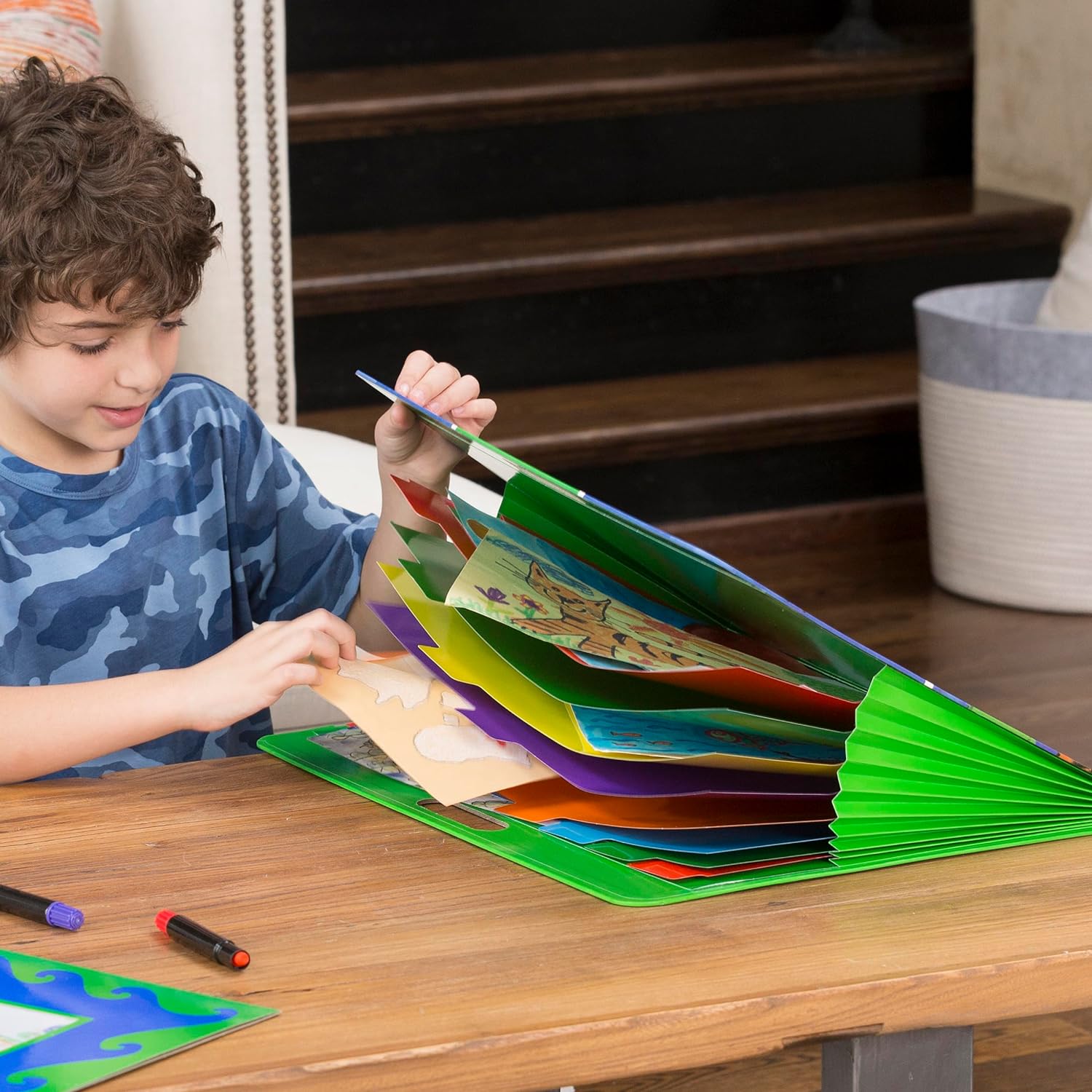

Articles
How To Store Kids Artwork
Modified: January 19, 2024
Looking for creative ways to store and organize your child's artwork? Our articles provide helpful tips and ideas to keep their masterpieces safe and accessible.
(Many of the links in this article redirect to a specific reviewed product. Your purchase of these products through affiliate links helps to generate commission for Storables.com, at no extra cost. Learn more)
Introduction
Welcome to the world of kids’ art! Whether it’s their first scribbles or their masterpiece, children’s artwork is something to be cherished and celebrated. Those vibrant drawings, colorful paintings, and unique creations are not just a display of their imagination and creativity, but also a reflection of their growth and personality. But as a parent or guardian, the question arises: how do you effectively store and manage this growing collection of artwork? In this article, we’ll explore the importance of preserving kids’ artwork, provide tips on choosing the right storage options, offer ideas for organizing and displaying the artwork, and discuss the benefits of managing digital copies for long-term preservation.
Key Takeaways:
- Cherish and celebrate kids’ artwork by choosing archival-quality storage, organizing by theme, and preserving with care. Digital copies offer easy sharing and creative projects, ensuring their masterpieces stand the test of time.
- Embrace the world of kids’ art with thoughtful storage, organization, and preservation. Display their creations creatively to boost self-esteem and create lasting memories, celebrating their artistic journey.
Read more: How To Store Children’S Artwork
Why it’s important to store kids artwork
Kids artwork holds immense sentimental value for both the child and their loved ones. It provides a glimpse into their early years, capturing their unique perspectives and creative expression. Here are a few reasons why it’s important to store and preserve their artwork:
- Memories and Milestones: Each piece of artwork represents a special moment in your child’s life. It serves as a tangible reminder of their growth and artistic development over time. Looking back at these creations can evoke nostalgia and create treasured memories for both you and your child.
- Boosting Self-Esteem: Displaying and preserving kids’ artwork sends a powerful message of validation and support. It shows them that their artistic endeavors are valued and appreciated. This positive reinforcement can boost their self-esteem and encourage them to explore their creativity further.
- Celebrating Creativity: Children have a natural inclination to explore and experiment with art. By storing their artwork, you acknowledge and celebrate their creative endeavors. This recognition can foster a lifelong love for artistic expression and encourage them to pursue their passions.
- Family Bonding: Sharing and discussing your child’s artwork can become a bonding experience for the entire family. It provides an opportunity to engage in meaningful conversations, admire their artistic growth, and create lasting memories together.
- Preserving Family Heritage: Your child’s artwork becomes a part of your family’s history. By storing and preserving it, you are passing down a legacy that future generations can appreciate and cherish. It provides a connection to their roots and allows them to explore their family’s creative lineage.
Now that we understand the importance of storing kids’ artwork, let’s explore the options available for preserving and organizing their creations.
Choosing the right storage options
When it comes to storing kids’ artwork, it’s important to choose the right storage options to ensure its preservation and longevity. Here are a few considerations to keep in mind:
- Archival-Quality Materials: Opt for acid-free and archival-quality storage materials to protect the artwork from deterioration and discoloration. Acidic materials can cause the paper to yellow and degrade over time.
- Portfolio or Art Storage Box: Consider using a portfolio or an art storage box to keep the artwork organized and safe. These options offer protection from dust, light, and moisture, while allowing easy access and browsing.
- File Folders or Binders: If you prefer a more compact storage option, use file folders or binders to store individual pieces of artwork. This method allows easy organization and also protects artwork from bending or tearing.
- Art File Cabinets: For larger collections, investing in art file cabinets can be a great option. These cabinets come with multiple drawers and offer a secure and organized storage solution.
- Art Displays: For artwork that you want to showcase, consider hanging a rotating display or using magnetic frames on a designated art wall. This allows you to celebrate your child’s creations while still keeping them protected.
- Digital Storage: In addition to physical storage, consider creating digital backups of the artwork. Scan or photograph the artwork and save them on your computer or external storage devices. This ensures that even if the physical copies get damaged, you still have a digital record of the artwork.
Remember, the key is to choose storage options that best suit your needs, space availability, and the quantity of artwork you want to preserve. Now that we’ve discussed the storage options, let’s move on to organizing kids’ artwork effectively.
Tips for organizing kids artwork
With the growing collection of kids’ artwork, it’s important to have an organized system in place. Here are some practical tips to help you effectively organize and manage their creations:
- Date and Label: Assign a date to each artwork and label it with your child’s name. This will help you track their artistic progression and easily identify the pieces in the future.
- Categorize by Theme or Medium: Sort the artwork by themes or mediums used, such as drawings, paintings, collages, etc. This will make it easier to locate specific pieces and create curated collections.
- Create a Filing System: Use file folders, binders, or storage boxes to create a filing system for each child. Organize the artwork chronologically or by the child’s age, allowing you to see their artistic journey at a glance.
- Digitize Artwork: As mentioned earlier, scan or photograph the artwork to create digital copies. Organize these files on your computer using folders or online cloud storage. It provides a convenient way to access and share the artwork without taking up physical storage space.
- Rotate Displays: If you have limited wall space, choose a few favorite pieces to display and rotate them periodically. This way, you can showcase different artworks throughout the year while still preserving the rest.
- Create an Art Archive: Set aside a dedicated space to store the artwork archive. This can be a closet, a storage room, or even attic space. Make sure the area is cool, dry, and protected from sunlight to prevent damage to the artwork.
- Involve Your Child: Encourage your child to participate in the organizing process. Let them choose their favorite pieces and give input on how they want their artwork to be displayed. This involvement will help instill a sense of ownership and pride in their creations.
By implementing these organization tips, you can efficiently manage your child’s artwork collection and easily navigate through their artistic journey. Next, let’s explore how to preserve their artwork for years to come.
Use clear plastic sleeves to store and protect kids’ artwork. Label each sleeve with the child’s name and date to easily organize and preserve their creations.
Preserving kids artwork for the future
Preserving kids’ artwork ensures that their creative masterpieces can be enjoyed and cherished for years to come. Here are some methods to help you preserve their artwork:
- Handling with Care: When handling kids’ artwork, make sure to wash your hands and handle the pieces gently. Avoid touching the surface of the artwork to prevent smudges or transfer of oils from your hands.
- Protecting from Light and Humidity: Display the artwork away from direct sunlight, as UV rays can cause fading and discoloration. Additionally, keep the pieces in a well-ventilated area with moderate humidity levels to prevent damage caused by excessive moisture.
- Using Archival Materials: If you plan on framing or matting the artwork for display, use acid-free mats, UV-protective glass, and archival-quality frames. These materials will help protect the artwork from harmful elements.
- Making Artwork Containers: For storing fragile or 3-dimensional artwork, consider making custom containers using archival-quality materials. Use acid-free tissue paper or glassine to wrap the pieces and place them in acid-free boxes or containers.
- Documenting the Artwork: Keep a record of important details about each artwork, such as the title, date, medium, and the child’s age when they created it. This information will add context and value to the artwork in the future.
- Conservation and Restoration: If any of the artwork gets damaged or starts deteriorating, consult a professional art conservator or restorer for assistance. They can assess the damage and recommend the appropriate restoration techniques to preserve the artwork.
By following these preservation methods, you can ensure that your child’s artwork remains in excellent condition and can be enjoyed by future generations. However, displaying their artwork can also be a wonderful way to showcase their creativity. Let’s explore some creative ways to display kids’ artwork.
Read more: How To Store Artwork
Displaying kids artwork in creative ways
Displaying kids’ artwork not only showcases their creativity but also adds a vibrant and personalized touch to your home. Here are some creative ways to display their artwork:
- Art Gallery Wall: Create an art gallery wall by dedicating a section of your home to showcase your child’s artwork. Hang their drawings and paintings in different sizes and frames to create a visually appealing display.
- Clothesline Display: Hang a string or a clothesline in your child’s room and use clothespins or clips to attach their artwork. The interactive display can be easily updated as new pieces are created.
- Clipboards or Display Boards: Use clipboards or display boards to rotate and display different artwork. Hang them on the wall or prop them on a shelf to create a dynamic and ever-changing art display.
- Artwork Collages: Create collage-style displays by grouping similar-themed or complementary artwork together. Arrange the pieces on a poster board or a large frame to create a cohesive and visually captivating display.
- Art Portfolio Showcasing: Invest in an art portfolio case with clear sleeves to showcase the artwork. This allows you to flip through the pages and admire the collection without worrying about possible damage.
- Art Display Easels: Use tabletop easels to display individual pieces of artwork on shelves or countertops. This adds a professional and artistic touch to the display.
- Digital Displays: Consider using digital frames or screensavers to display your child’s artwork as a slideshow. This allows you to showcase a large number of pieces in a compact and dynamic format.
These creative display ideas can make your child’s artwork a focal point in your home, while also giving them a sense of pride and accomplishment. However, it’s essential to preserve the digital copies of their artwork as well. Let’s explore the benefits of managing digital copies of their artwork.
Managing digital copies of kids artwork
In today’s digital age, managing digital copies of kids’ artwork is becoming increasingly popular. Here are some benefits and tips for effectively managing these digital files:
- Preservation and Backup: Digitizing your child’s artwork ensures that you have a backup in case the physical copies get damaged or lost. Store the digital files on your computer, external hard drive, or cloud storage for safekeeping.
- Easy Sharing and Accessibility: Digital copies allow for easy sharing of your child’s artwork with family and friends. You can send them via email, create digital albums, or share them on social media platforms to celebrate your child’s creativity.
- Organization and Convenience: Managing digital copies allows you to organize and categorize the artwork easily. Create folders by year, theme, or child’s age to keep everything organized and accessible at your fingertips.
- Editing and Enhancement: Digital copies provide the opportunity to edit or enhance the artwork, if desired. You can adjust colors, crop images, or even create collages using photo editing software to add an extra touch to the digital collection.
- Creative Projects: With the digital copies, you can explore various creative projects. Compile a digital photo book showcasing your child’s artwork, create personalized calendars, or even design custom posters or postcards to gift to family and friends.
- Transition to Digital Platforms: As technology advances, consider exploring digital platforms specifically designed to manage and showcase kids’ artwork. These platforms provide innovative ways to store, organize, and share their creations while maintaining their artistic integrity.
By effectively managing the digital copies of their artwork, you can ensure its preservation, easy accessibility, and share the joy of your child’s creativity with others. Now, let’s summarize what we’ve discussed so far.
Conclusion
Kids’ artwork is a beautiful representation of their imagination, creativity, and growth. Preserving and managing their artwork is not only a way to cherish and celebrate their creations but also a means of creating lasting memories and fostering their artistic development. By choosing the right storage options, organizing their artwork effectively, and preserving it for the future, you can ensure that these precious creations stand the test of time.
Remember to handle their artwork with care, use archival-quality materials for storage, and protect it from light, humidity, and other damaging elements. Creating digital copies of their artwork also provides a convenient means of sharing, organizing, and preserving their masterpieces, while allowing for creative projects and easy accessibility.
Additionally, displaying their artwork in creative ways not only adds a personal touch to your home but also boosts their self-esteem and encourages their artistic pursuits. Whether you opt for an art gallery wall, clothesline display, or digital frame slideshow, showcasing their creations creates a sense of pride and accomplishment.
Managing and preserving kids’ artwork is a valuable investment of time and effort. It allows you to create a lasting legacy that can be passed down through generations, providing a connection to their roots and a celebration of their artistic journey.
So, embrace the world of kids’ art, store their creations with care, organize them thoughtfully, preserve them for the future, and proudly display their creative expressions. Let their artwork be a constant reminder of their growth, imagination, and the endless possibilities that lie within each brushstroke and crayon masterpiece.
Frequently Asked Questions about How To Store Kids Artwork
Was this page helpful?
At Storables.com, we guarantee accurate and reliable information. Our content, validated by Expert Board Contributors, is crafted following stringent Editorial Policies. We're committed to providing you with well-researched, expert-backed insights for all your informational needs.
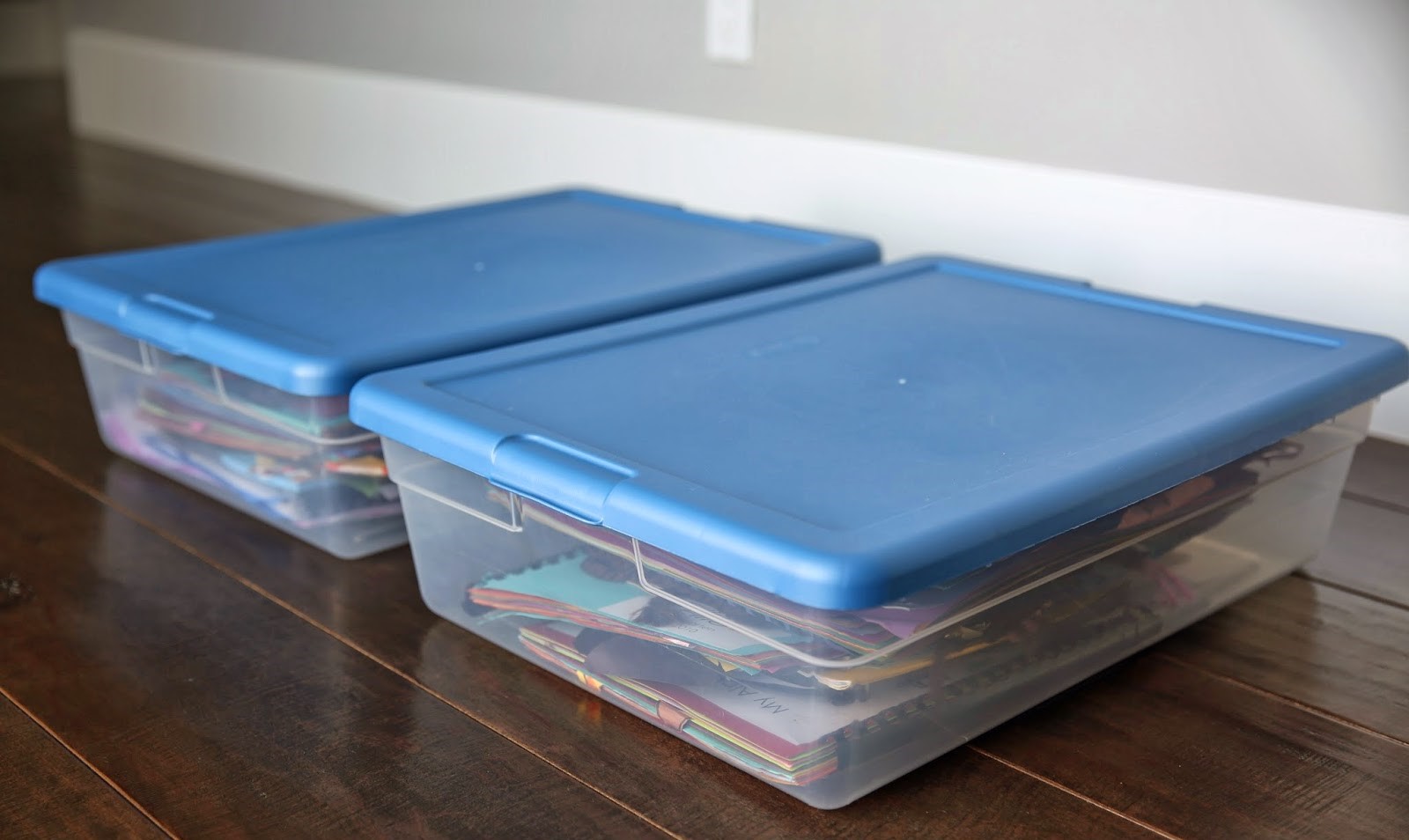


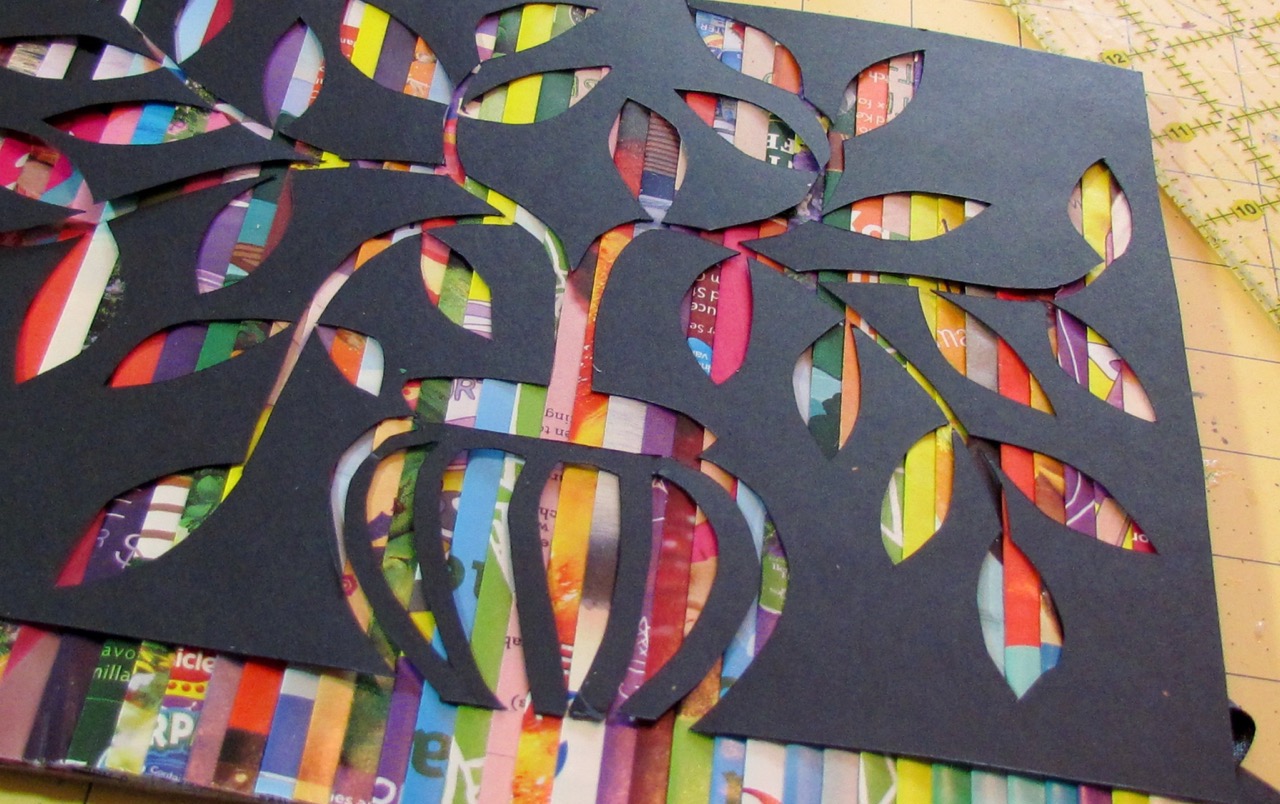
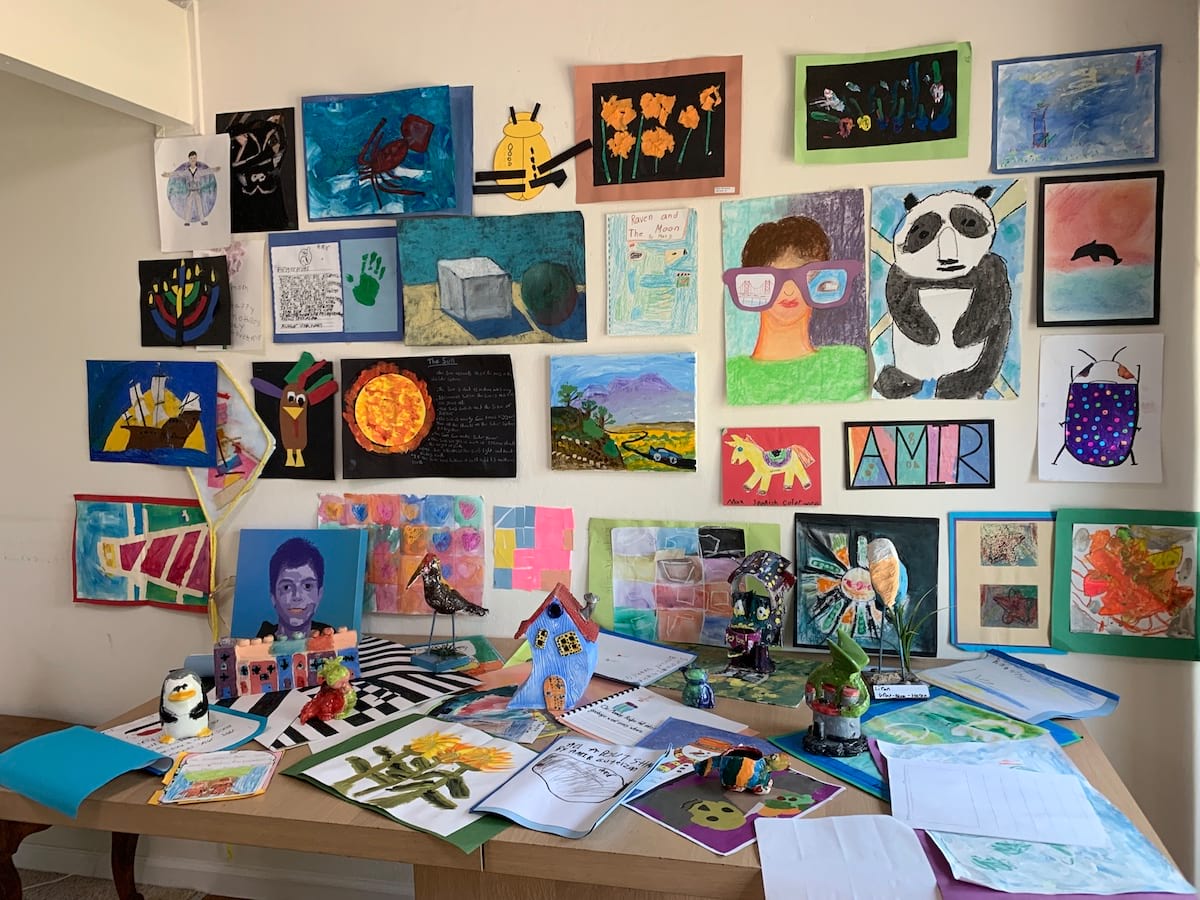






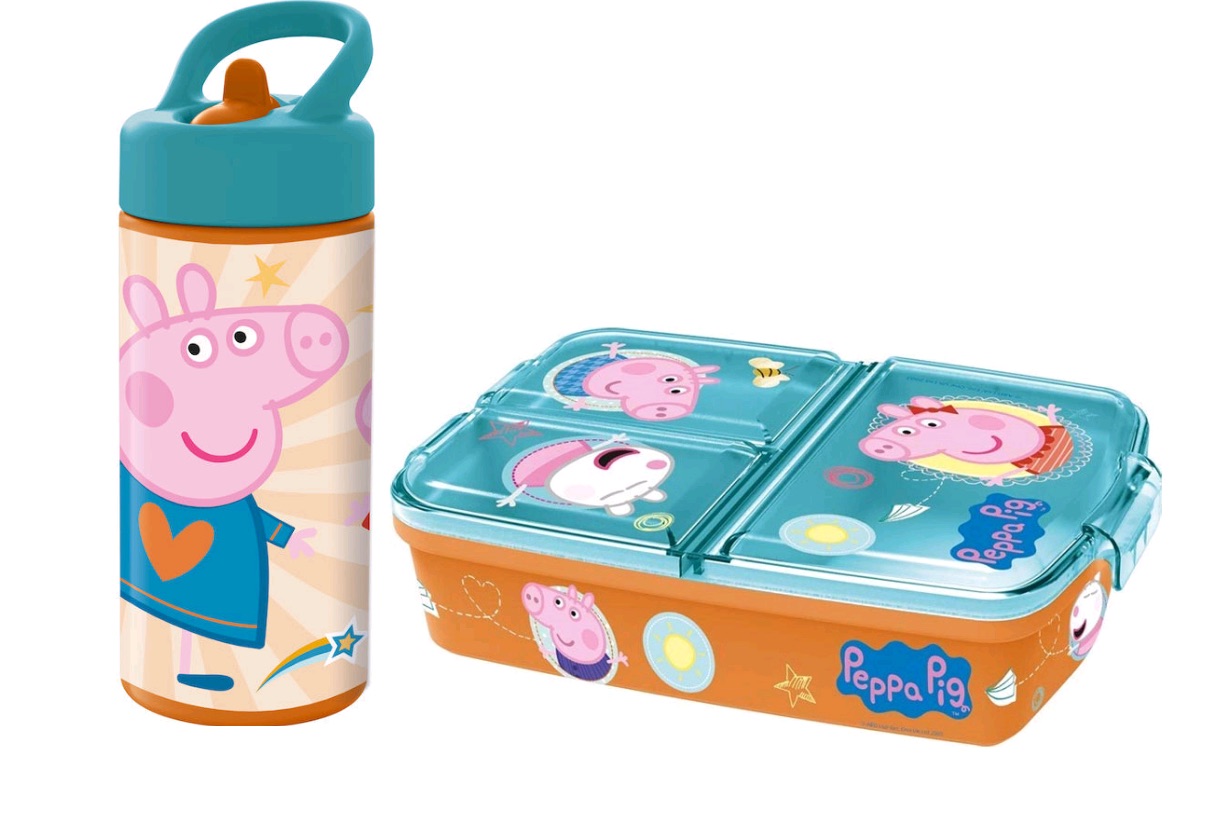

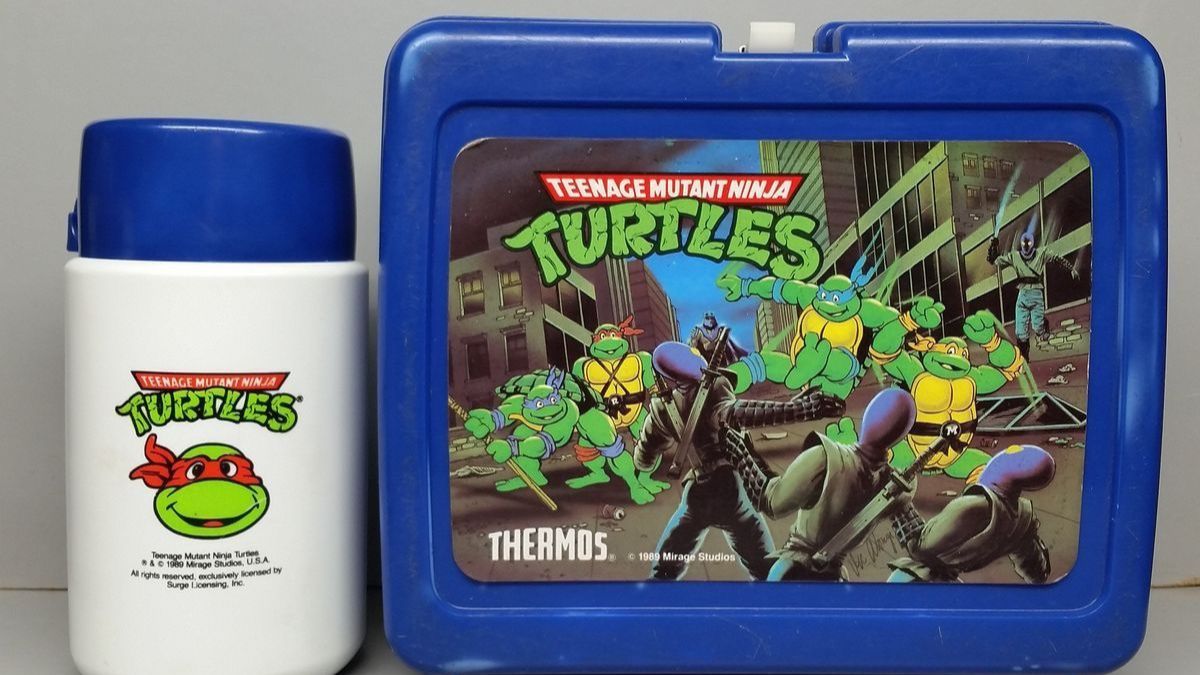

0 thoughts on “How To Store Kids Artwork”